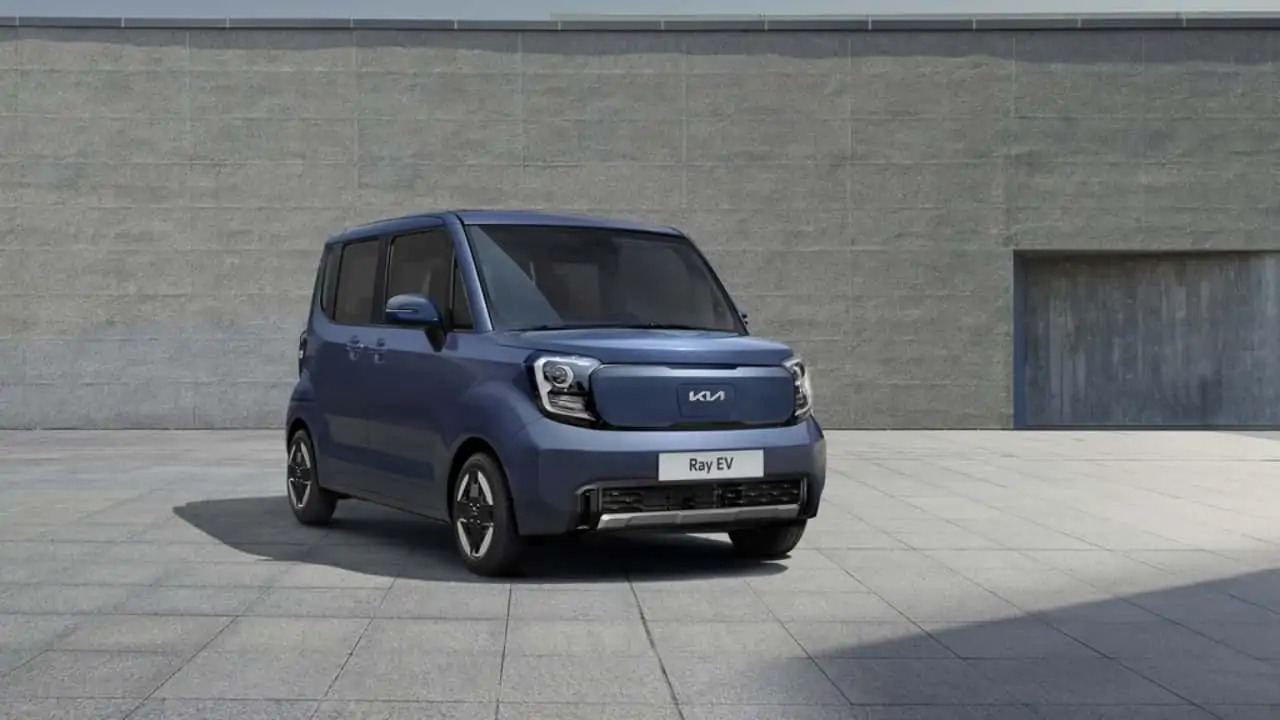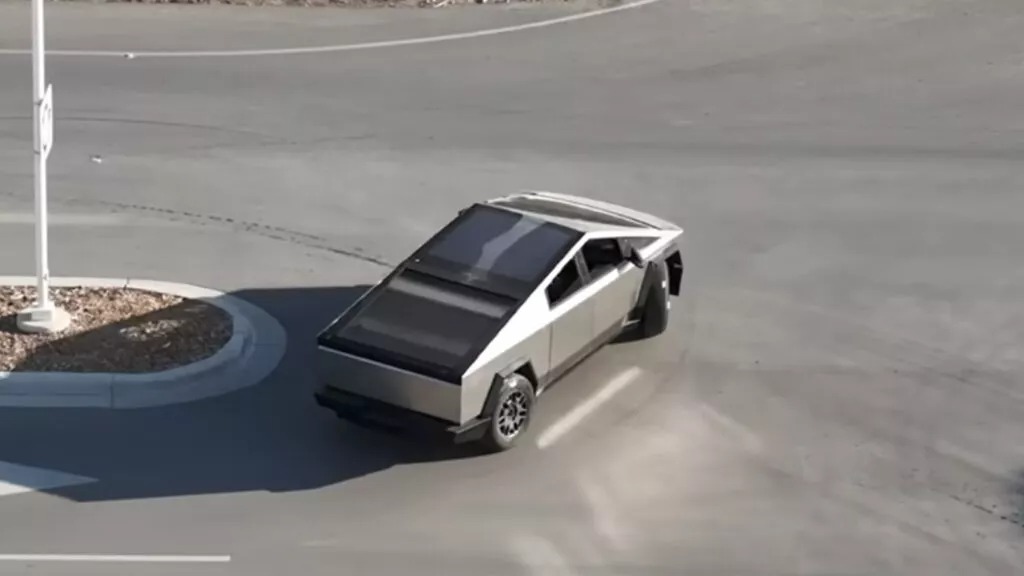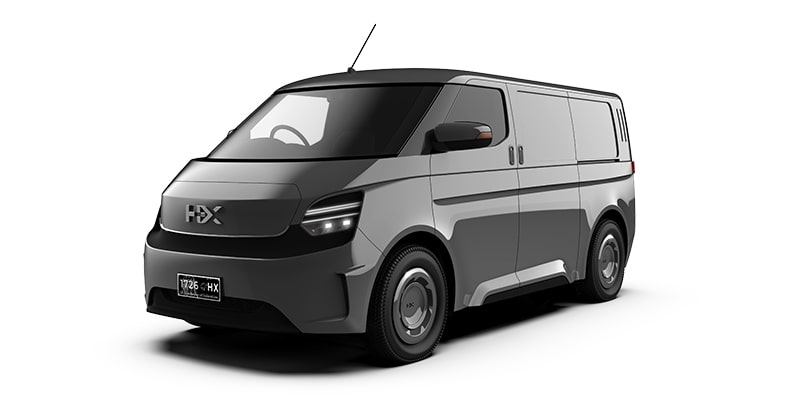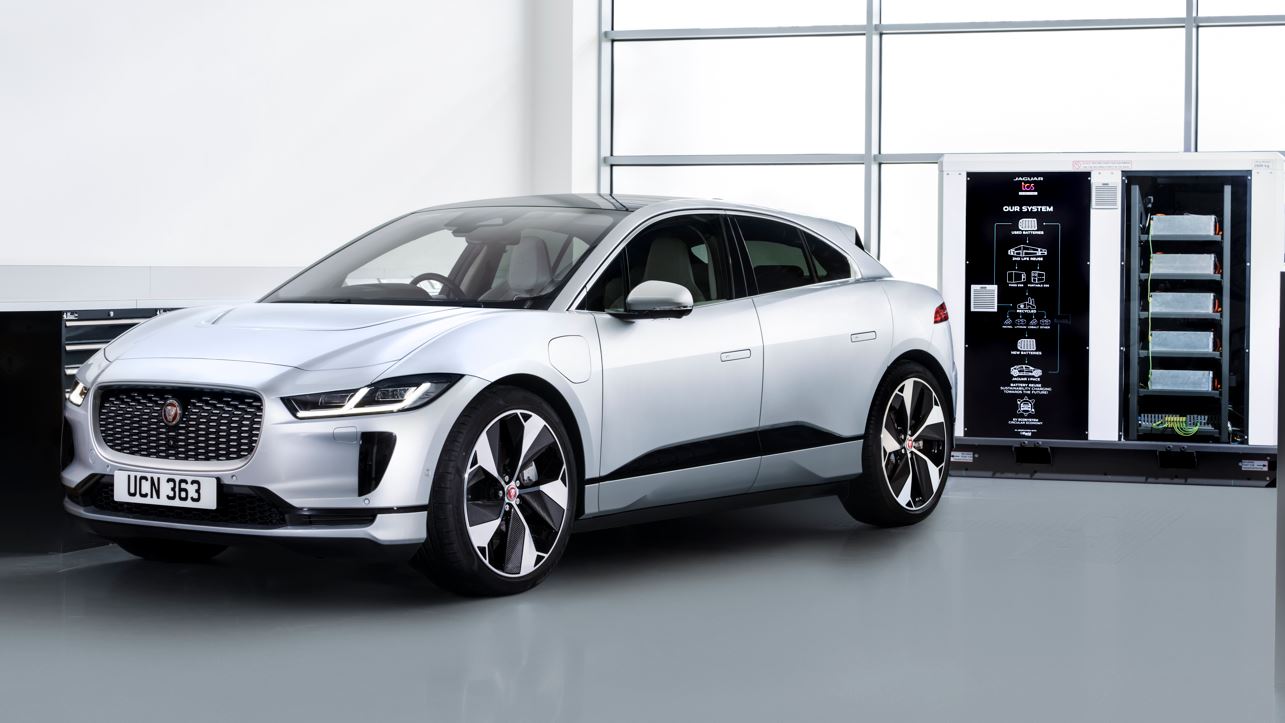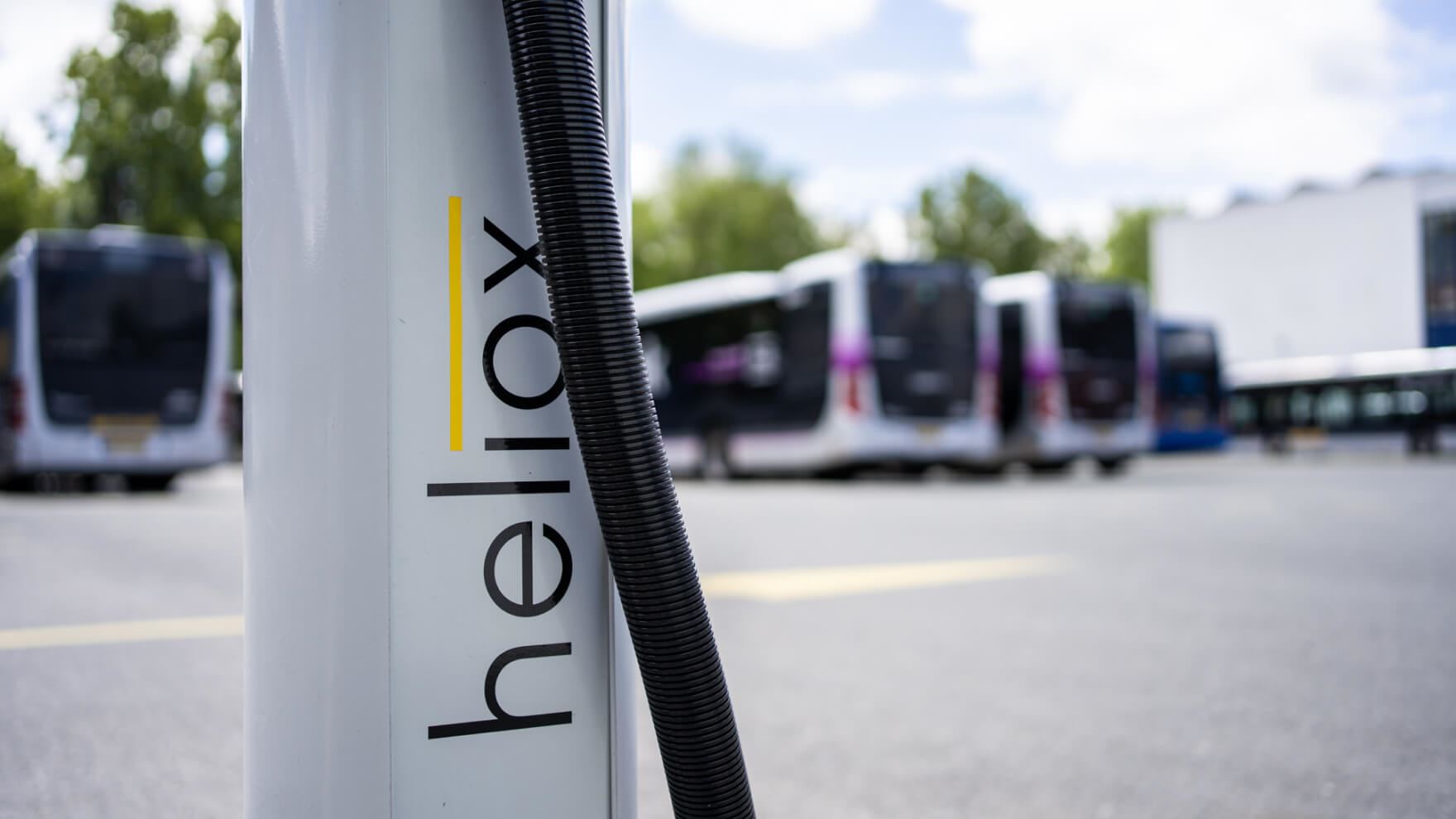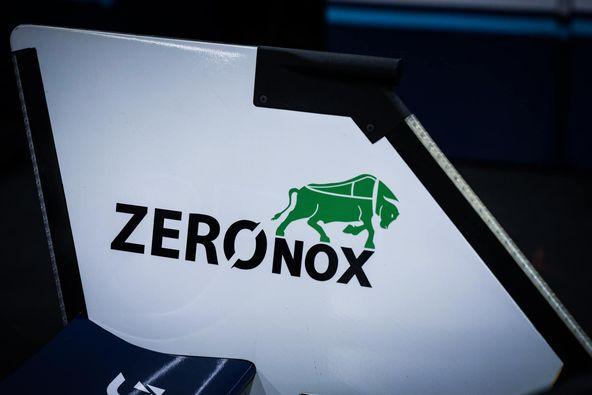Kia Motors, a notable contender in the electric vehicle sector, has played a pivotal role in the market’s evolution. Contrary to popular belief that Kia’s EV journey began with the Soul EV in 2014, the company first ventured into electric mobility in 2011 with the Ray EV, initially limited to the domestic Korean market. This year, Kia’s commitment to electric innovation comes full circle as it unveils an updated version of the Ray EV, aiming to make its presence felt in South Korea’s dynamic EV landscape.
Designed to align with South Korea’s “light car” (Gyeongcha) category, which offers tax incentives for sub-3,600 millimeters (141.7 inches) in length and sub-1,600 mm (63.0 in) in width vehicles, the original Kia Ray EV was a niche offering. Despite a facelift in 2017, production ceased due to factors such as limited driving range and an underdeveloped charging infrastructure. Kia, however, remained committed to refining its compact EV concept.
Last summer, Kia introduced a revamped Ray EV, showcasing its dedication to sustainable urban mobility. While the conventional petrol-powered variant was unveiled a year prior, the all-electric version is now set for release in the Korean market, equipped with significant advancements over its predecessor.
At the heart of the updated model lies a robust 35.2-kilowatt-hour LFP battery, sourced from CATL, providing nearly double the capacity of the previous 16.4-kWh pack. This technological enhancement translates to an estimated combined driving range of 127 miles (205 kilometers) on a single charge, a substantial improvement from the previous 86 miles (138 km).
Accompanying this progress are improved powertrain dynamics, with the electric motor now generating 64 kilowatts (86 horsepower) and 108 pound-feet of torque, a notable improvement over the preceding model’s 50-kW (67-hp) motor. Charging efficiency has also been optimised, with a 40-minute charge from 10 to 80 percent achievable using a 150 kW DC fast charger. A full charge from 10 to 100 percent state of charge takes 6 hours using a 7 kW charger.
A Kia spokesperson noted, “The new Ray EV offers an expanded range of over 200 km, optimised for urban performance and providing a spacious interior. It stands as a compelling choice for those seeking an entry-level electric minicar.”
As the launch date approaches, Kia is preparing to open pre-orders for the Ray EV on August 24, followed by the official launch slated for September 12. With a starting price of around $20,800 (27.75 million won), the updated Ray EV aims to present an accessible urban electric vehicle option for consumers in Korea. This affordability is particularly notable considering the previous iteration’s price of 45 million won.
Looking ahead, Kia’s ambitions extend to introducing a single-seater van version of the electric city car, targeting self-employed individuals and small business owners. Alongside its electric transformation, the Ray is also available with a 1.0-liter turbocharged gasoline engine.
Industry insiders anticipate that the refreshed Kia Ray EV could invigorate South Korea’s market for small electric vehicles and minicars, drawing parallels with the successful journey of Japan’s Nissan Sakura electric kei car. As Kia continues to contribute to the future of sustainable urban mobility, the evolution of the Ray EV reflects the company’s commitment to innovation, offering insights into the potential of electric mobility within the automotive landscape.

